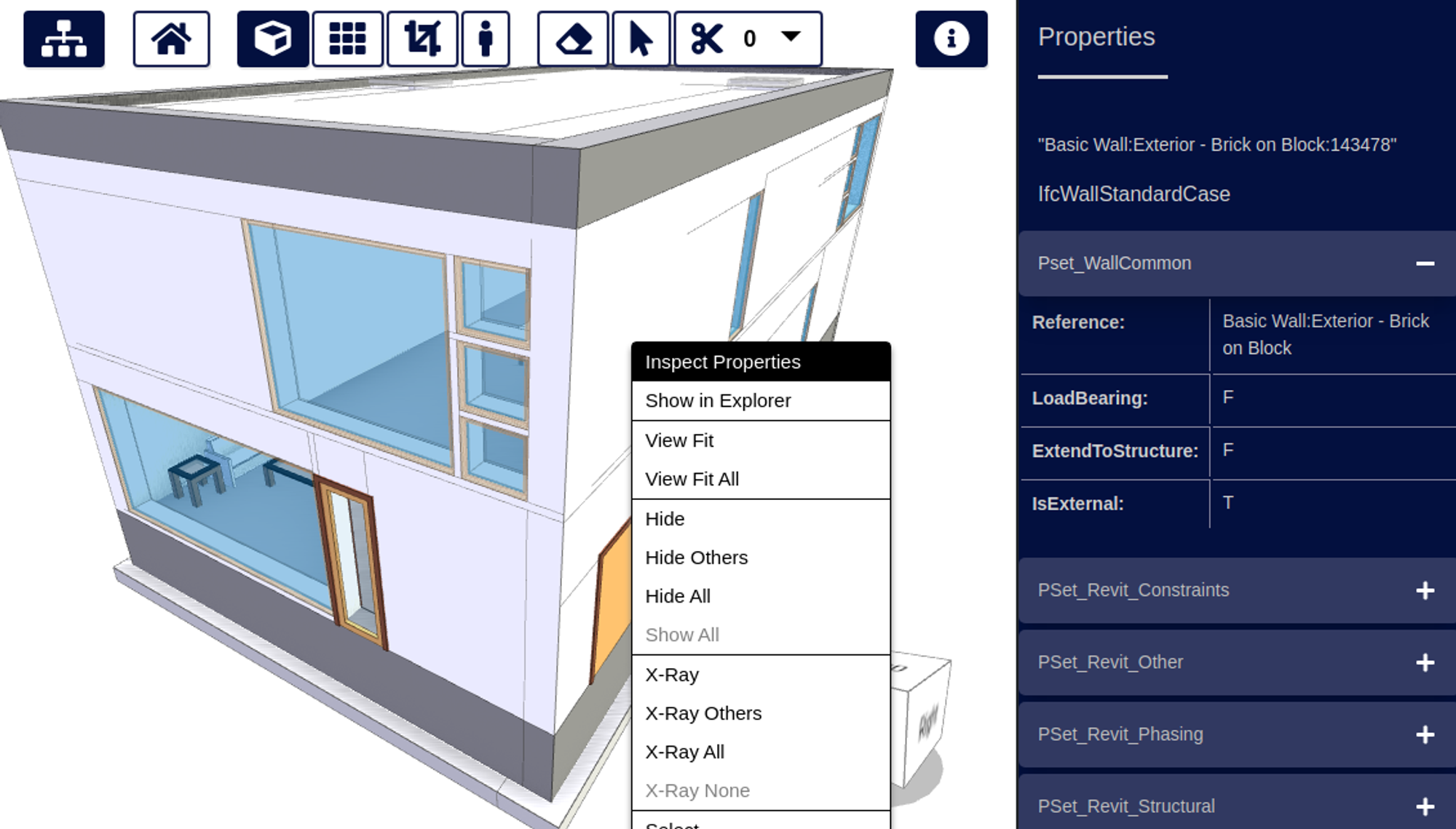See also: Converting Models to XKT with convert2xkt
The xeokit SDK enables the loading of large, full-precision BIM models over the web in seconds, which can then be viewed in a browser. To achieve this, we convert our IFC files into xeokit's native XKT format. This format compresses model geometry and metadata into a compact payload that can be quickly loaded by a xeokit viewer while using minimal browser resources.
This tutorial demonstrates how to use the ifc2gltfcxconverter tool from Creoox AG and the open source convert2xkt tool from xeolabs to convert an IFC model into an XKT file, which can then be loaded into a xeokit viewer. This combination is currently the most efficient option for converting IFC files to XKT.
Additionally, this tutorial shows how these tools can automatically split each model into multiple XKT files, allowing huge models to be converted and loaded in chunks that don't overwhelm server and browser resources.


